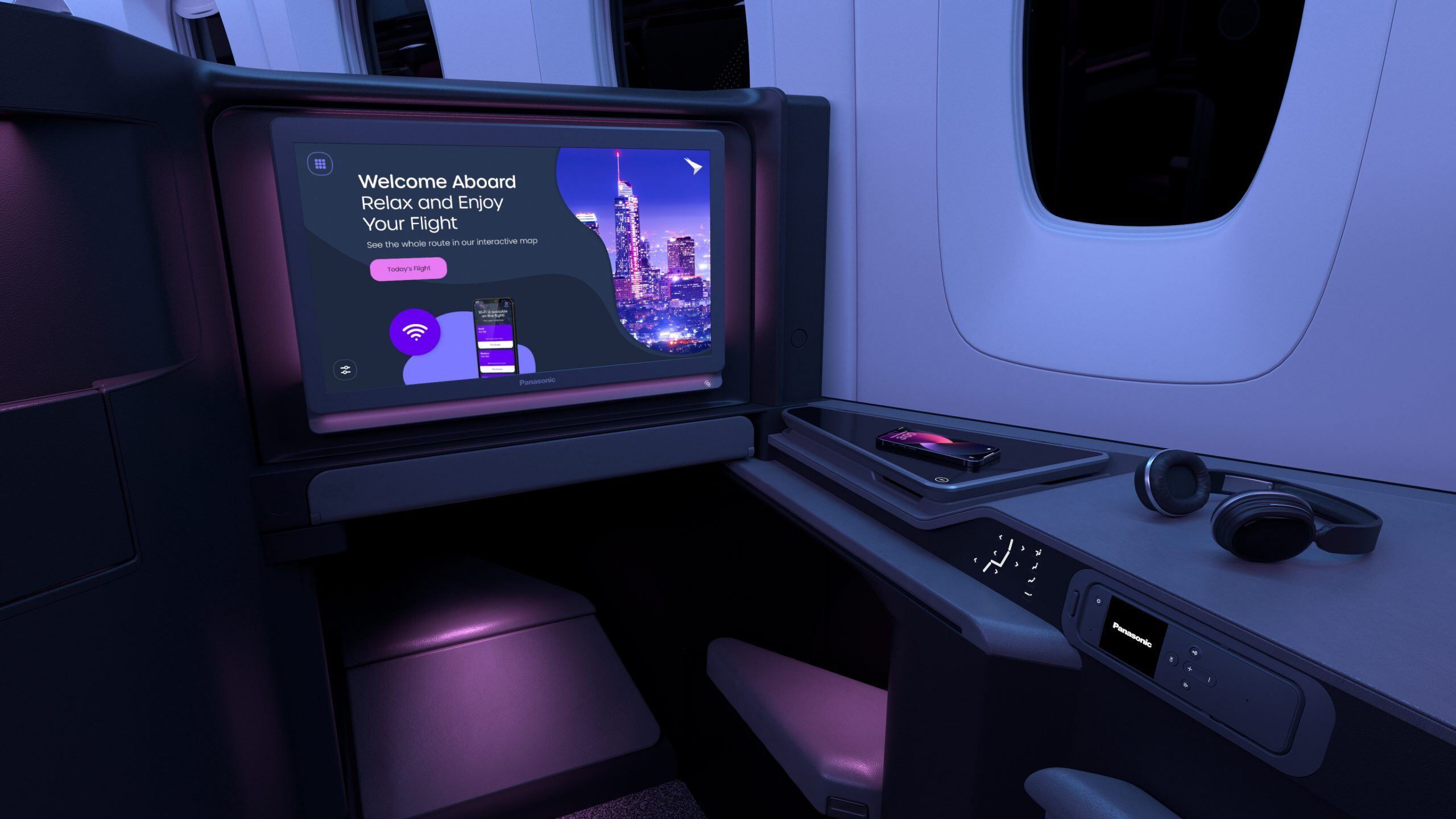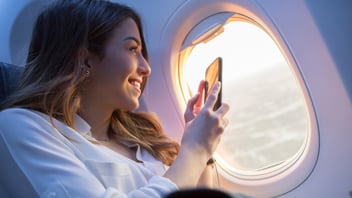After three years of pandemic-related travel restrictions, airline passengers are ready to spend more on luxurious travel. They want better amenities, better entertainment—and, most importantly, more space.
It's not only traditional Business Class flyers who want these perks. Market research suggests a long-term trend in the reduction in business travel. That said, bleisure travelers and vacationers looking to make up for lost time during the pandemic are snapping up Premium Economy seats and last-minute upgrade deals.
Airlines are eager to respond to this trend, with many taking major strides in passenger experience, particularly at the higher end of their offerings.
To take advantage of shifting demand, more airlines are offering premium seating arrangements and other cutting-edge in-flight designs that deliver more comfort and privacy from other travelers.
Let's look at why building buzz for these new Business Class experiences is key to recovering the reliable revenue sources that business travelers used to provide.
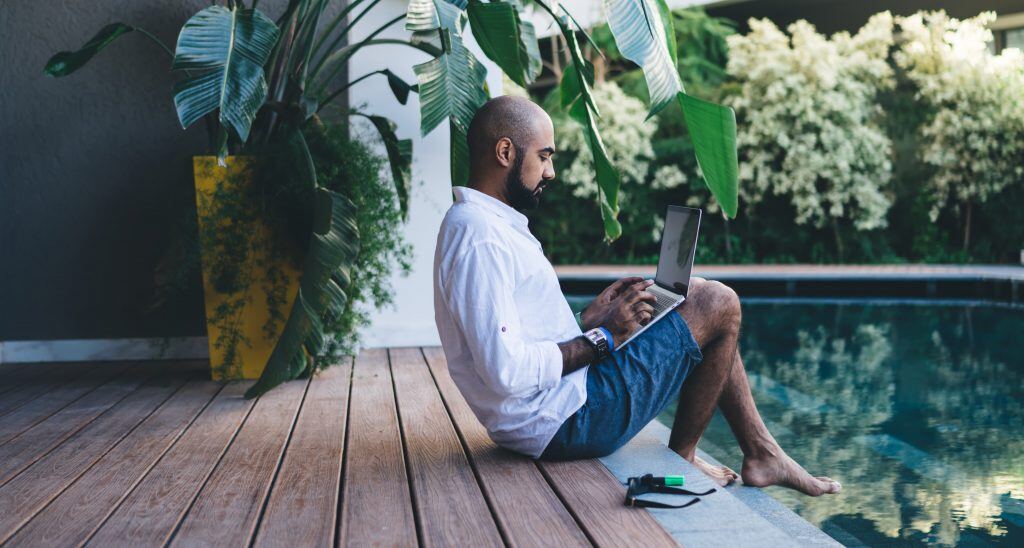
Trends impacting the airline industry
For those with money to spare, travel is more important now than it was before the pandemic, according to a 2022 Flywire survey. In fact, more than three-quarters of luxury travelers say travel is one of their top priorities, and 72% of luxury travelers surveyed plan to spend more on personalized and virus-free vacations and travel now than they spent before the pandemic.
During pandemic times of restricted travel, many high-earners also had more time to stockpile funds and paid time off for YOLO-style fantasy travel.
As well, access to remote and hybrid work scenarios means digital nomads—notably white-collar workers with more disposable income—can work from wherever they want, including bucket list cities. “Travelers can jet off to a different city for a week away, but still be responsible for daily work duties, and this mix of pleasure and work travel is seeing a surge in demand," says Alex Miller, founder & CEO of travel site UpgradedPoints.com.
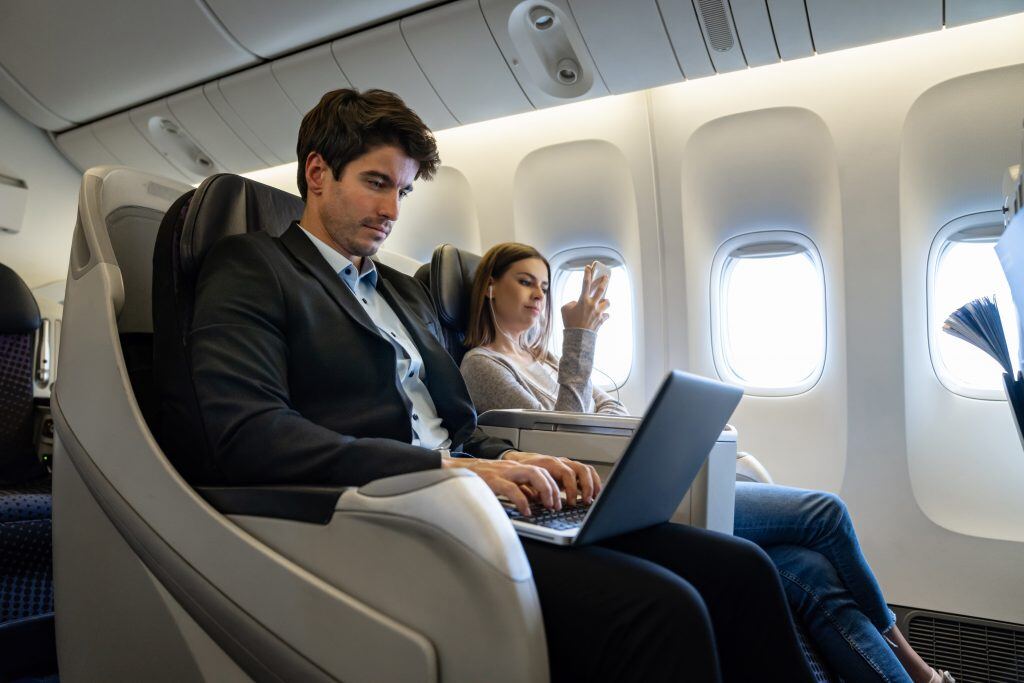
How airlines are reinventing Business Class seating
With more passengers willing to pay for higher-end experiences, and less business-related travel across the board, airlines are rapidly transforming Business Class cabins with new features akin to a traditional First Class flight.
Some cabins now resemble a hotel as much as an aircraft, with frontrunners like Delta and Qatar installing suites that offer ultimate privacy. With a closing door and walls, passengers willing to pay for extra space away from their fellow travelers will find a whole new Business Class experience and value proposition waiting for them.
Air France, meanwhile, recently unveiled a new Business Class seat with sliding doors for privacy and a seat that triples as a sofa or a flat bed for sleeping. Finnair debuted a new pod-like Business Class seat for better rest and more privacy, as did Air New Zealand.
Amid all this Business Class activity, airlines are also being mindful toward the budget-conscious set. American, Delta, and United are looking to capitalize on down-market demand by upgrading their widebody fleets to Premium Economy Class.
Emirates and Finnair have already introduced Premium Economy on a selection of aircraft.
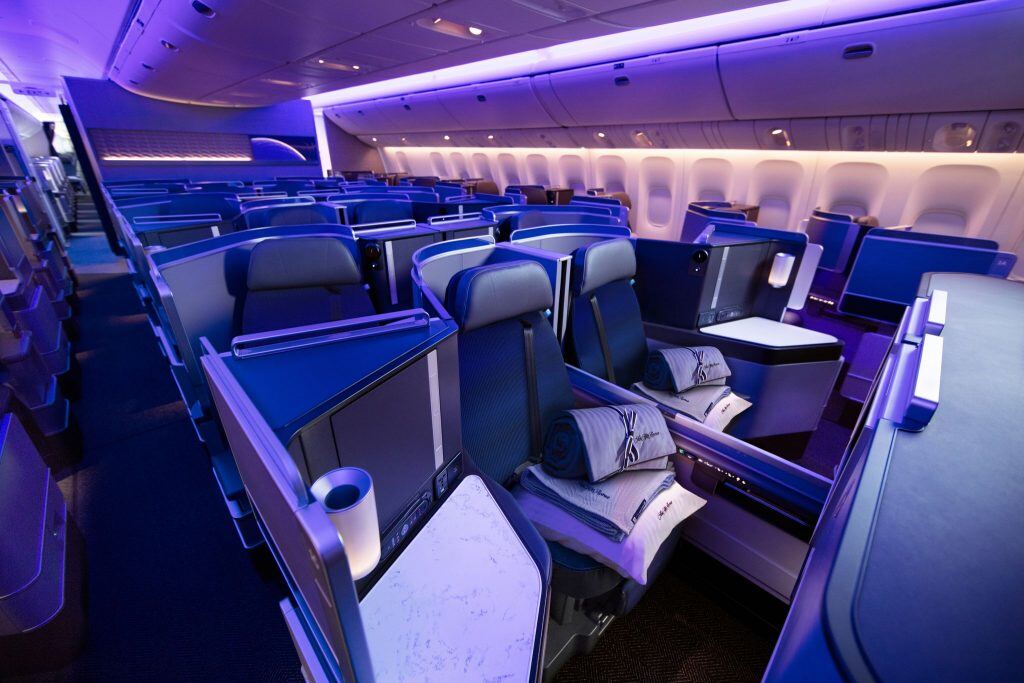
Upgrading in-flight Business Class services
Upgraded Business Class experiences go beyond just comfortable seats and sliding doors.
Along with their new seating options that feature water bottle holders, United also announced new in-flight entertainment and Bluetooth connectivity, as well as better lighting, more storage, and another important perk: faster Wi-Fi.
Not all airlines are on board yet when it comes to upgrading design. Miller of UpgradedPoints.com says some large domestic carriers have stuck with a cookie-cutter design of First Class seats and are only offering entertainment via app/PED streaming, and not through the seatback screen. Many of the airlines that haven't been able to roll out amazing new aircraft designs and layouts are differentiating on "soft product" like meals and other goods, he says.
Still, airlines that invest in cutting-edge in-flight entertainment systems with 4K screens and a wider programming selection are seeing good uptake on Business Class upgrades. This shows passengers want to tune into their favorite TV shows, movies, and gaming experiences on crystal-clear displays and interfaces.
How airlines are attracting more travelers to Business Class
Getting the word out about new, more luxe flying experiences is key to airlines' recovery.
To make up for having fewer business travelers, airlines are using all the tools at their disposal to replace lost revenue. Many are now pricing flights to make First Class more tempting to Economy travelers.
They're also attracting rewards users and those looking for a smart upgrade opportunity, Miller says: “Most airlines have figured out monetization strategies to get travelers to up-fare, and it is working. Often you'll see lower amounts to upgrade as you complete the initial booking process, or an after-booking offer that pops up in the app."
It's true that not all pandemic-related changes have been positive for Business Class flights; for instance, reduced meal and drink services can make certain flights feel less luxurious. Even so, demand remains high, giving airlines more time to recover from the past few years and to plan for a future that better balances the costs and value of having different cabin classes.
"Once this peak in demand starts to settle, we'll see more and more ways to sit in a First Class cabin without having to spend full-price," Miller says. Here, Business Class can fill the vacuum.
